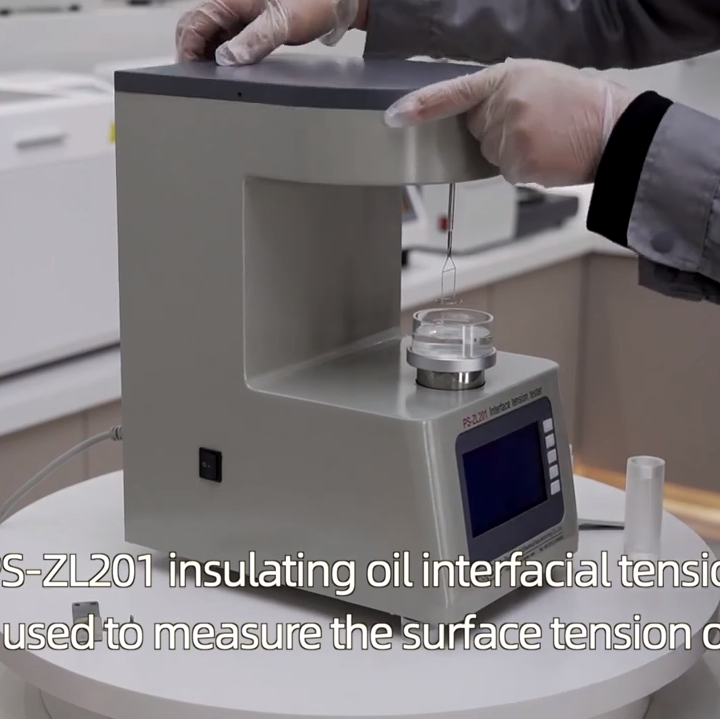 English
English


Understanding the Importance of Current Transformer Polarity Testing in Electrical Systems Analysis
Understanding Current Transformer Polarity Test
Current transformers (CTs) are essential components in power systems, primarily used for measuring and monitoring electrical currents. They function by producing a secondary current that is proportional to the primary current, allowing for accurate metering and protection of electrical systems. One critical aspect of ensuring the proper functioning of current transformers is conducting a polarity test. This article delves into the importance of the current transformer polarity test, its procedure, and implications for electrical systems.
Importance of Polarity in Current Transformers
The term polarity in current transformers refers to the direction of the current flow in relation to the terminals of the CT. Accurate polarity is essential because it affects the measurement and protection mechanisms in an electrical system. Incorrect polarity can lead to erroneous readings, potential damage to equipment, and compromised system protection. For instance, if two CTs are installed with opposite polarities, the resultant differential current could be misrepresented, leading to false alarms or failures in protective relays.
Purpose of the Polarity Test
A polarity test is performed to confirm that the connections to the current transformer are correct and that the CT is installed in accordance with its designation (i.e., whether it is a C1 or C2 terminal). This ensures that the secondary output will correctly reflect the primary current's direction and magnitude. Conducting this test ensures reliability in both metering applications and protective schemes.
Procedure for Conducting a Polarity Test
The procedure for testing the polarity of a current transformer typically involves the following steps
1. Preparation Ensure all safety protocols are followed. Disconnect power to the circuit involving the current transformer. Use appropriate personal protective equipment (PPE).
current transformer polarity test

2. Visual Inspection Before testing, conduct a visual inspection of the CT connections and terminals. Check for proper labeling and ensure that there is no physical damage to the unit.
3. Equipment Setup Use a portable polarity tester or a multimeter set to the appropriate setting. The test leads should be connected to the respective terminals of the current transformer.
4. Test Execution Apply a known primary current to the CT. For instance, you may use a test current source that can simulate the expected operating conditions. Monitor the output of the CT via the secondary terminals.
5. Observation The tester should indicate whether the current flow is in accordance with the expected polarity. Typically, this involves checking that the phase angle and current direction on the secondary side correspond correctly to that of the primary side.
6. Analysis If the readings confirm the expected outcomes, the CT polarity is correct. Conversely, any discrepancies indicate an issue with the polarity, necessitating re-examination of the connections.
Implications of Polarity Test Results
The results from a current transformer polarity test have significant implications for system reliability. Correct polarity ensures that protection devices respond appropriately during fault conditions, allowing for timely disconnection of faulty equipment. On the contrary, a failure to verify proper polarity can lead to equipment damage, operational inefficiencies, and safety hazards.
In summary, the current transformer polarity test is a vital procedure for ensuring the reliability of current transformers in electrical systems. By adhering to rigorous testing protocols, electrical personnel can maintain system integrity, enhance safety measures, and ensure accurate measurements in power systems. Regular testing and diligence in maintaining correct polarity are paramount for any operation relying on accurate current monitoring and protection schemes.
-
Differences between open cup flash point tester and closed cup flash point testerNewsOct.31,2024
-
The Reliable Load Tap ChangerNewsOct.23,2024
-
The Essential Guide to Hipot TestersNewsOct.23,2024
-
The Digital Insulation TesterNewsOct.23,2024
-
The Best Earth Loop Impedance Tester for SaleNewsOct.23,2024
-
Tan Delta Tester--The Essential Tool for Electrical Insulation TestingNewsOct.23,2024





